ANNOUNCER:
The following program is part of our “Here and Now” 2018 Wisconsin Vote election coverage.
FREDERICA FREYBERG:
Im Frederica Freyberg. This week on “Here and Now,” a first look at a West Milwaukee case where police will not be charged in the death of a mentally ill man. We’ll talk with the district attorney who decided criminal charges are not warranted and the attorney for the man’s family. After that, a closer look at the political divide in Wisconsin and how talk radio, social media and advertising are driving partisan politics. Then in our inside look, new information from the dean of the UW Nursing School about fatigue and the risk for error. That’s “Here and Now” for May 4.
ANNOUNCER:
Funding for “Here and Now” is provided, in part, by Friends of Wisconsin Public Television.
FREDERICA FREYBERG:
In our first look tonight, a case involving West Milwaukee police officers that is attracting national attention. A civil suit is expected to be filed in the death of a mentally ill man who died after police officers tased him while responding to a report he was having a mental health crisis. Three West Milwaukee police officers responded to 22-year-old Adam Trammell’s apartment in May of 2017. According to investigative reports and police body cam footage, the officers broke down the door and found Trammell in the shower. They say he responded neither to police attempts to talk with him or verbal commands. Officers then used their tasers on Trammell over a nine or ten-minute period, according to reports. Arriving paramedics gave Trammell a calming medication. He stopped breathing and was declared dead at the hospital. Now attorneys for Adam Trammell’s family describe his death as being tortured by tasers, a man they say who was “unarmed and naked in his own bathroom and accused of no crime.” Milwaukee County District Attorney John Chisholm reviewed the case for possible criminal charges against the officers. He found there is not sufficient evidence of either intentional or negligent abuse to support a finding of guilt on the officers’ part and their actions did not violate the law. We will hear from the attorney for Adam Trammell’s family. But first, we go to John Chisholm in Milwaukee. And thanks very much for joining us.
JOHN CHISHOLM:
Glad to be here.
FREDERICA FREYBERG:
Why, in your opinion, didn’t the actions of the officers rise to the level of criminal charges even with the amount of tasing described as “wanton cruelty” by the family’s attorney?
JOHN CHISHOLM:
First, they never want to lose the human element. And that is that we always sit down and talk to the family and their representatives and we understand the pain and the suffering that accompanies tragic incidents like this. At the end of the day, my obligation is to look at all the facts and apply that to the law. And in this particular case, the police were actually summoned, not for a criminal offense, but another equally important obligation that they have, which is to help people when they are in medical distress. They’re first line responders. They have an actual obligation if they receive information, which they did, that this young man was suffering from a mental illness and that he was wandering the hallway naked. They talked to a neighbor who was concerned that he had “a psychotic break” and that she was afraid he was going to hurt himself. So under those circumstances, they actually had an obligation to enter that apartment and make contact with Mr. Trammell. We also look at how they’re trained. And one of the ways that they’re trained is that if they see signs of the person is in such distress that what they are trained to look for is what they called excited delirium and that is a significant and dangerous medical condition that requires them to get help for that person. But here’s the catch in all of that, Frederica, and that is, they can’t get help for him until he is calm and he’s restrained. In other words, the medical professionals won’t actually respond directly to him until they have the situation under control.
FREDERICA FREYBERG:
Well, as to this excited delirium, I understand that it is not actually recognized as a medical diagnosis, but police protocol says that when confronted with it, officers should avoid increasing the subject’s agitation and minimize physical struggle. From your review, would it appear that these officers went against that protocol?
JOHN CHISHOLM:
Well, again, the protocols are guidelines. And the bottom line on this case is it was a very complex, almost impossible situation, where you had a 240-pound, naked man who they were very concerned was showing those signs. It was an extremely confined space. And their intent as they expressed it was simply to get him medical attention. It’s a dangerous encounter. We just recently — I don’t know if you saw the videos from the street encounter in Milwaukee yesterday involving a person that we believe is mentally ill. You know, four police officers seriously injured. That person as well. These are always dangerous encounters. But their intent is to get him medical attention as quickly as possible. If they don’t, he could potentially die. So in this particular case we learned, for example, that over an hour after he was deceased, he had a core body temperature of almost 104 degrees. Which would mean that at the time that they were encountering Mr. Trammell, he could have been up in the 107, 108 range. And it’s medically dangerous if you’re anything higher than 103. So they had to do something. And this is the complicated circumstances that they encountered.
FREDERICA FREYBERG:
Well, what about the idea of using calming techniques or earlier interventions with tranquilizers?
JOHN CHISHOLM:
See, again, they’re not authorized to administer any kind of sedatives. Only a trained medical person can do that. Their obligation is simply to make the area and the person safe so that the medical people can do that. And in this case, the initial encounter actually resulted in resistance. And that resistance they had an option of either trying to put — you know, compliance holds on him, which would be next to impossible. He was in the shower, wet, drinking hot water at the time. And when they attempted to reach out to him, that’s when he pushed their hands away and that’s when they elected to use that electronic control device.
FREDERICA FREYBERG:
In fact, I understand that that first use of that device was to his chest. Isn’t that a cardiac danger?
JOHN CHISHOLM:
No. Actually, when you look at the videotape closely, you’ll see that the prongs go into his right upper thigh and his lower abdomen. You can actually see that. All of this information, by the way, is posted on the independent investigative agency’s site. That was the Greenfield Police Department. We did investigate this according to the protocol that we use to investigate any officer-involved force.
FREDERICA FREYBERG:
You said that you met extensively with the family of Adam Trammell. What do you say to Adam Trammell’s family?
JOHN CHISHOLM:
Well, first and foremost, we say how sorry we are for their loss. We understand the pain that comes with this. At the end of the day, my obligation is to provide them with all of the information that I can possibly gather and to follow up on things that they want answered. But in the end, my obligation is to make a determination of whether I would be able to demonstrate beyond a reasonable doubt in a criminal setting that the officers engaged in misconduct. The medical examiner found that the cause of death was excited delirium. That in and of itself takes the matter out of the realm of a homicide. So the next question is, did the encounter and the use of the electronic control devices become abusive at some point in time? And there you have to look at whether their training was consistent with the circumstances that they encountered. And here’s one thing that I learned a great deal about with tasers and that is, even though the amount of recorded deployments, in other words, the number of times they pulled the trigger, seems high, that does not mean that Mr. Trammell received a shock each and every one of those times. And sometimes when the probes get dislodged, all that they receive is pain, but they’re not incapacitated. So it’s a very, again, complex circumstance. And ultimately what is shown in the video is that Mr. Trammell doesn’t actually expire or stop breathing until after he’s been brought to medical attention and they administer a sedative. So we can’t even demonstrate a direct connection between the use of those ECDs and his ultimate death.
FREDERICA FREYBERG:
We need to leave it there. John Chisholm, thanks very much for joining us.
JOHN CHISHOLM:
Glad to be here. Thank you.
FREDERICA FREYBERG:
The family of Adam Trammell who died after police used tasers on him is planning for legal action over his death. Attorney Robin Shellow is representing the Trammell family and thanks very much for joining us.
ROBIN SHELLOW:
Thank you.
FREDERICA FREYBERG:
What is your reaction to the fact that the D.A. decided not to issue charges against the officers?
ROBIN SHELLOW:
Disappointed. Saddened and disappointed.
FREDERICA FREYBERG:
What about the family? What is their reaction? What have they told you?
ROBIN SHELLOW:
Outraged. They are outraged. They cannot believe that after watching a video of their son being tortured to death, that these officers won’t be held criminally accountable.
FREDERICA FREYBERG:
Now, the district attorney’s review, as you know, described the officers as confronted with a very complex problem. Mr. Trammell, the report said, was naked, wet, unable to communicate, in acute mental crisis and resisted restraint. John Chisholm said their only reasonable option appeared to be the taser. What is your response to that?
ROBIN SHELLOW:
That particular situation occurs every single day, in every single either emergency room, mental hospital. I had for 15 years, an employee who worked for me who was a social worker at one of the major psychiatric hospitals. And he explained that police are not trained to restrain persons with mental illness. And it requires people knowing what to do and having the right size of people there and knowing how to talk to people who are in the middle of psychoses or whatever. And that it’s done every single day in mental health centers around the country, where people are experiencing various kinds of either psychotic or other kinds of reactions and that they do not use tasers.
FREDERICA FREYBERG:
Chisholm found that there was not sufficient evidence of either intentional or negligent abuse on the officers’ part. On what basis do you dispute that?
ROBIN SHELLOW:
Hearing the tortuous screams for half an hour as my client’s son prayed for God to take him now, take him now. He was in agony. They describe — the people who study tasers describe a taser volt as a full-body Charlie Horse times 60. That — and it lasts for five seconds. That’s one. He was tased at least 15 times. One time for 12 seconds continuously. And another 14 or 15 times for five seconds. I can find nothing in the literature, either written by the company that manufacturers the weapon or in any of the cases where there has been that level of abuse.
FREDERICA FREYBERG:
The cause of death was listed as excited delirium, and the manner was undetermined. Do you take exception to the cause being excited delirium?
ROBIN SHELLOW:
Well, in — at least as early as 2014, when the particular model of taser that was used on my client was discontinued, every single police department that uses that model of taser got a retraining memo saying that depending on the amount of electricity used or the number of times used, that it can cause cardiac death. So, yeah, I take an exception to it.
FREDERICA FREYBERG:
Is that the basis of your civil suit? What will your civil suit argue in this case?
ROBIN SHELLOW:
Well, obviously, violations of excessive force, liability for — against each of the officers who participated. We will be seeking judgments against them, against the chief for being the chief policymaker, for administering an unconstitutional policy with respect to tasers and the municipality itself for failing to properly train, educate, select its officers.
FREDERICA FREYBERG:
Knowing what you know, because of your work and because of your research and investigation into this case, what would have been the method, in your mind, for officers to help Adam Trammell as he was in the shower, wet, big guy, in the midst, reportedly, of a mental health crisis? How do you do that where you try to help this person?
ROBIN SHELLOW:
Call for stronger officers to get him out of the bathtub. Clear and simple.
FREDERICA FREYBERG:
And how do —
ROBIN SHELLOW:
They were not — he was not being suspected of a crime. This is a mental health check, a wellness check. So once you know that it’s a wellness check and there may be a mental health issue, then you deal with it exactly the way crisis intervention teams deal with it all the time: stronger officers who’d simply lift him out of the bathtub, period. You know? Find me a police department in the county area where they couldn’t have called for assistance to say, “Hey, you got any big, strong guys that can come over? We got a medical emergency.”
FREDERICA FREYBERG:
What do you hope can be learned from this case?
ROBIN SHELLOW:
That we talk a lot about non-lethal force and lethal force. Non-lethal force can be incredibly deadly if you don’t know what you’re doing. You can take a baseball bat and use it once and restrain somebody. But if you hit him 30 times in the head, you might kill him.
FREDERICA FREYBERG:
Robin Shellow, we need to leave it here. Thank you very much.
ROBIN SHELLOW:
Youre welcome.
FREDERICA FREYBERG:
Our inside look this week focuses on a new push to acknowledge fatigue among nurses. The American Academy of Nursing has issued recommendations to promote a rested and alert staff because tired nurses increase the risk of medical mistakes. Not to mention putting their own health at risk. According to our next guest, the risk of errors doubles after working more than eight hours. And go up 3.5 times for nurses working more than 12 hours. Linda Scott is Dean of the UW Nursing School. She joins us this week to talk more about her findings and recommendations as a member of the Academy of Nursing. Thanks very much for being here.
LINDA SCOTT:
Thank you. I’m happy to be here.
FREDERICA FREYBERG:
So I understand you did a national study of nurses’ work hours. What did you find?
LINDA SCOTT:
In that initial study, we looked at over 11,000 shifts and we found just what you said, that risks for error doubles with overtime, any hours worked after eight. And after 12 hours, they’re 3.5 times more likely. But what we also found is that errors increased when there was inadequate sleep.
FREDERICA FREYBERG:
Well, sure. And yet nurses regularly, I understand, work these 12-hour shifts. How common is that in the practice?
LINDA SCOTT:
Its more common. It started off in critical care, with the goal to try to reduce the number of handoffs with a patient. But what we’re finding is even though nurses may work three 12-hour shifts, that they may work additional shifts elsewhere. So there’s little time for respite. And we also found that nurses, even though it’s a 12-hour shift, they tend to work an hour or two beyond that. When you start thinking about the number of consecutive wake hours, it becomes very problematic. As adults we still need eight hours of sleep, at least, in a 24-hour period. And when you don’t do that and when you have consecutive wake hours, you also have that same neurocognitive effects that you see with intoxication.
FREDERICA FREYBERG:
Wow. Well, so if these long shifts are an issue, why don’t hospitals just shorten the shifts?
LINDA SCOTT:
Well, that is one of the recommendations, is to begin to look at new shift work patterns rather than 12-hour shifts. But there is also a concern that if they shift to a different model, that they could potentially lose staff, because from a personal preference, nurses may only want to work 12-hour shifts.
FREDERICA FREYBERG:
So what are the other recommendations?
LINDA SCOTT:
So what we really wanted to do is to have organizations, both employers as well as employees, the nurses, to really engage in good fatigue management strategies. So, you know, when we’re talking about 12-hour shifts, so if you’re going to do a 12-hour shift, how do you incorporate fatigue management strategies within that? As an individual, do I come to work fit for duty? Have I had enough sleep prior to that work shift so that I can be alert and vigilant? So it’s really looking at our current practices and modifying them. A very good and effective fatigue management strategy is strategic naps. You know, and really taking a 20-minute nap will increase your level of alertness and allow you to be awake and it will break those consecutive wake hours.
FREDERICA FREYBERG:
Well, that sounds great, but how willing are employers to allowing their nursing staff to take catnaps during the day?
LINDA SCOTT:
Unfortunately they’re not. Most institutions still have human resource policies on the books that says if an individual is caught napping or sleeping on the job, it’s grounds for termination. But yet, like I said, there’s evidence that really supports that if you give someone a respite from the job, if you allow them to take a short nap, it actually improves patient safety as well as nurse safety.
FREDERICA FREYBERG:
I would think so. You know, the idea that tired nurses, you know, are more prone to medical mistakes doesn’t instill a lot of confidence on the part of patients. Is this kind of a touchy subject for hospital administrators?
LINDA SCOTT:
Well, I think it is, but I think it’s one that we can no longer ignore. When you think about nurses are human. All of us have the same issue. Whether you’re, you know, in academia, you’re in a hospital. So we really need to look at how we can do healthy practices. How we can increase the quality and quantity of sleep so that we function. Just the loss of an hour or two can — and you do that a few days in a row, you actually can develop what’s called a cumulative sleep debt. You can’t get that back.
FREDERICA FREYBERG:
Briefly, the idea — well, we all know that nurses are the backbone of the operation. How well is that acknowledged by hospitals making policy decisions on their behalf?
LINDA SCOTT:
Well, nurses, I think everyone knows that nurses are indeed critical to health care delivery. And as an employer, you also really need to make sure that you have a healthy work environment. So what I really hope that the academy’s position paper will do will be a call to action for all employers to really look at their current practices and make this truly a year of the healthy nurse and beyond.
FREDERICA FREYBERG:
All right. Linda Scott, thanks very much.
LINDA SCOTT:
Thank you.
FREDERICA FREYBERG:
In this week’s closer look, Wisconsins political divide. Everywhere you look and listen, partisan politics permeate talk radio, social media and advertising across the state. New research is underway to investigate how we got here. Research just awarded a major grant from the Wisconsin Alumni Research Foundation and UW-Madison. This week, Lew Friedland, a professor in the UW School of Journalism and Mass Communication is here to explain why we might be headed for a democratic crisis. Lew, thanks very much for being here.
LEW FRIEDLAND:
Thank you for having me.
FREDERICA FREYBERG:
So how could the polarization of Wisconsin media result in a democratic crisis?
LEW FRIEDLAND:
Well, these days people live in their media environments. And I think many of us know that, we realize it. We are on Facebook. We’re on Twitter. We’re on all kinds of social media. We’re bombarded by media of all sorts. And that affects our political environment as well. And here in Wisconsin I don’t think it’s a secret that we’ve had contentious politics over the last at least eight years or so. And we believe that media has probably played a large role in that contention. And we want to understand whether it has and how it has.
FREDERICA FREYBERG:
Whats an example of kind of the polarization and fragmentation in the media that we digest here in Wisconsin?
LEW FRIEDLAND:
Well, one of the most interesting examples in Wisconsin is that we have a unique ecology in this state because our newspapers are really important still in this state, but they are shrinking, as they are elsewhere. Newspapers are the fountain of most local news and information. So when newspapers shrink, state house reporting shrinks. We’ve seen a steady decrease in state house reporters. So that’s less information going out to local communities, less that’s being reported on. What takes the place of that? Well, it’s party communication and social media.
FREDERICA FREYBERG:
And there’s also a role for, I understand, in your investigation kind of conservative talk radio and how that helped shape partisan politics.
LEW FRIEDLAND:
Absolutely. I mean, many people know that the Milwaukee Journal Sentinel was a major force in this state, with a circulation of almost 300,000. Well, over the last decade, it shrunk to somewhat above 100,000. So it shrunk considerably statewide. At the same time, talk radio has begun to saturate the state, not just local talk, but national talk. 70 hours total of talk radio per day in Wisconsin across the entire state. Of course, that’s from all sources. And that changes the political environment in some fairly basic ways.
FREDERICA FREYBERG:
What are the components of your research? How are you conducting it?
LEW FRIEDLAND:
We are — we have three basic layers to our research. We’re looking at what we call the political ecology of the state, the range of statements of political actors, politicians, press releases, the way that they’ve conducted their media political advertising. We’re looking at what we call the media, the communication ecology. So how has Twitter affected the way that people understand politics? The decline of newspapers as I just mentioned. The rise in talk radio. And then we’re also looking at a social layer. How do the basic demographics of the state, where people are employed or where they’re not employed, how does that affect their political understanding.
FREDERICA FREYBERG:
Kind of going back to the head of this interview, why is it important that we measure and understand this over such a long period of time?
LEW FRIEDLAND:
Well, we are in a period of momentous change in our political communication ecology. And if we do believe that we are a nation which is — in which politics are more contentious than they have been in quite a while, and I think many people on all sides believe that, then understanding our communication ecology is a fundamental starting point to knowing how we got here and possibly how we can begin to work our way out of it.
FREDERICA FREYBERG:
All right. We leave it there. Lew Friedland, thanks very much and good luck with the research.
LEW FRIEDLAND:
Thank you.
FREDERICA FREYBERG:
That is our program for this week. I’m Frederica Freyberg. Have a great weekend.
ANNOUNCER:
Funding for “Here and Now” is provided, in part, by Friends of Wisconsin Public Television.
For more information on “Here and Now’s” 2018 election coverage, go to WisconsinVote.org.
Search Episodes
News Stories from PBS Wisconsin
10/28/25
State Building Commission votes to proceed with Evers plan to overhaul Wisconsin’s prison system
10/27/25
Planned Parenthood of Wisconsin resumes offering abortions after pause related to federal funding

Donate to sign up. Activate and sign in to Passport. It's that easy to help PBS Wisconsin serve your community through media that educates, inspires, and entertains.
Make your membership gift today
Only for new users: Activate Passport using your code or email address
Already a member?
Look up my account
Need some help? Go to FAQ or visit PBS Passport Help
Need help accessing PBS Wisconsin anywhere?

Online Access | Platform & Device Access | Cable or Satellite Access | Over-The-Air Access
Visit Access Guide
Need help accessing PBS Wisconsin anywhere?

Visit Our
Live TV Access Guide
Online AccessPlatform & Device Access
Cable or Satellite Access
Over-The-Air Access
Visit Access Guide
 Passport
Passport


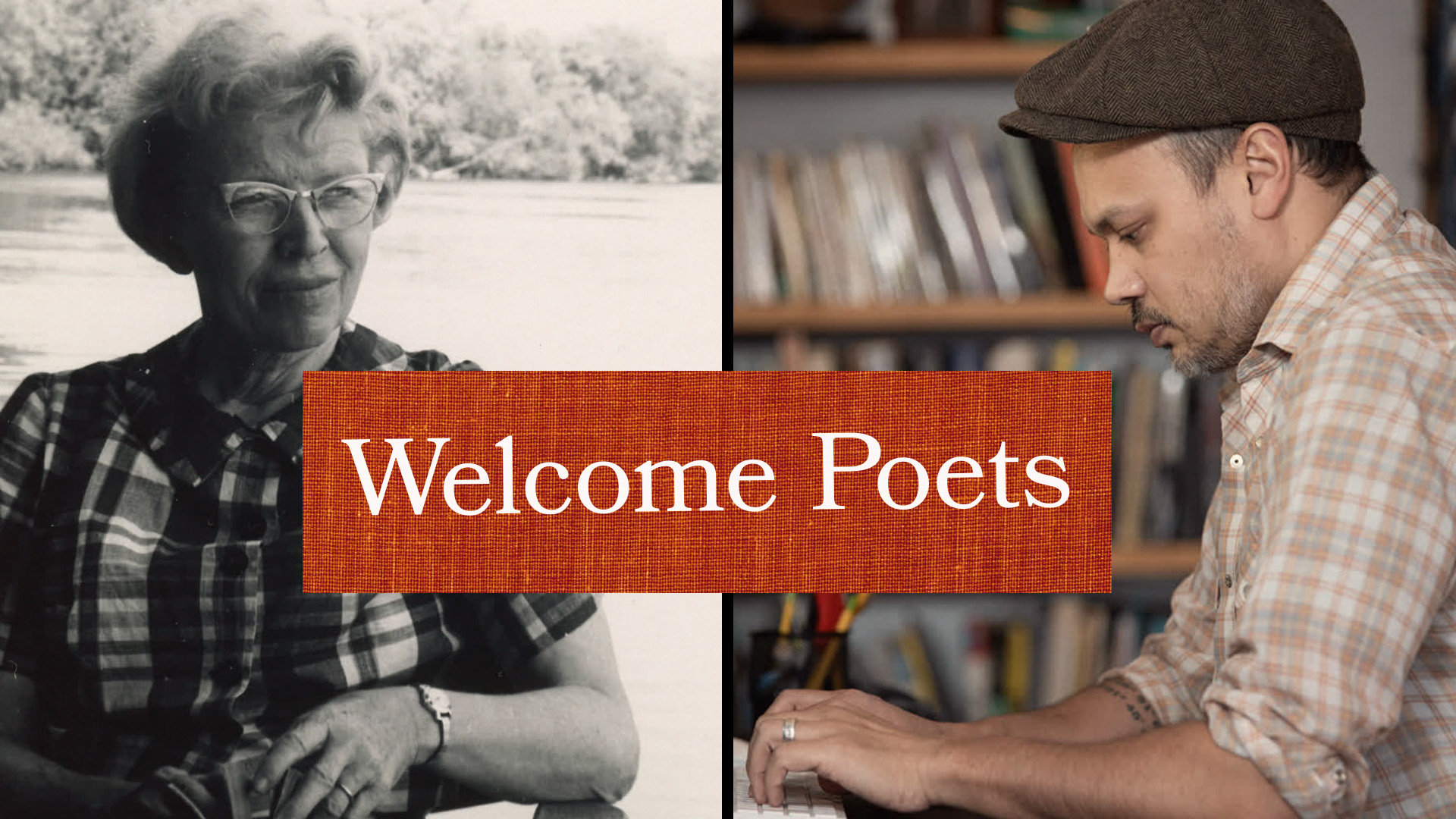





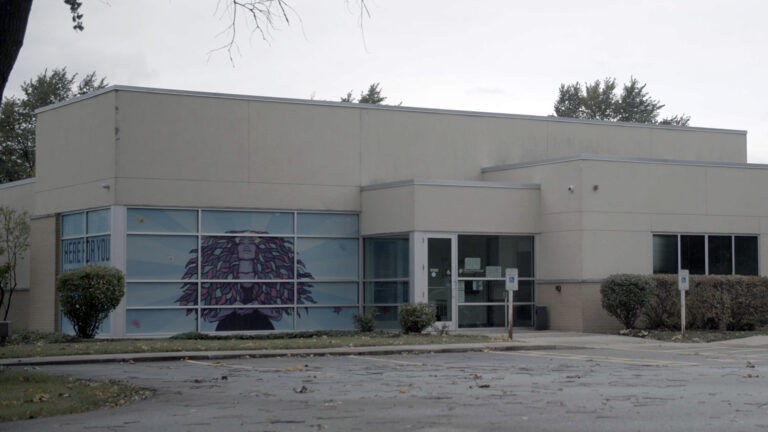
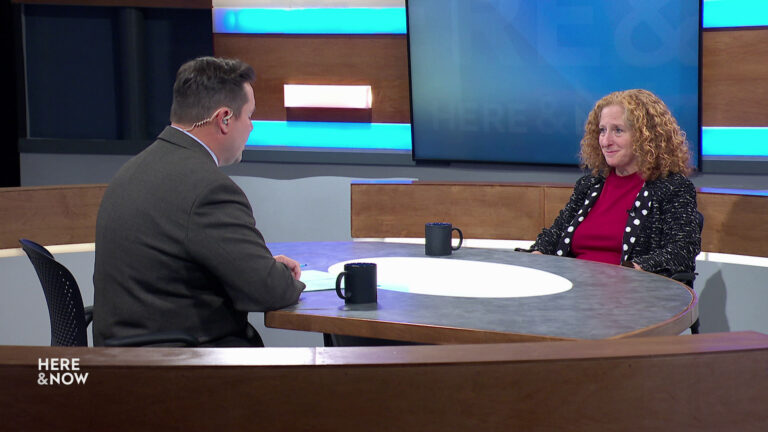
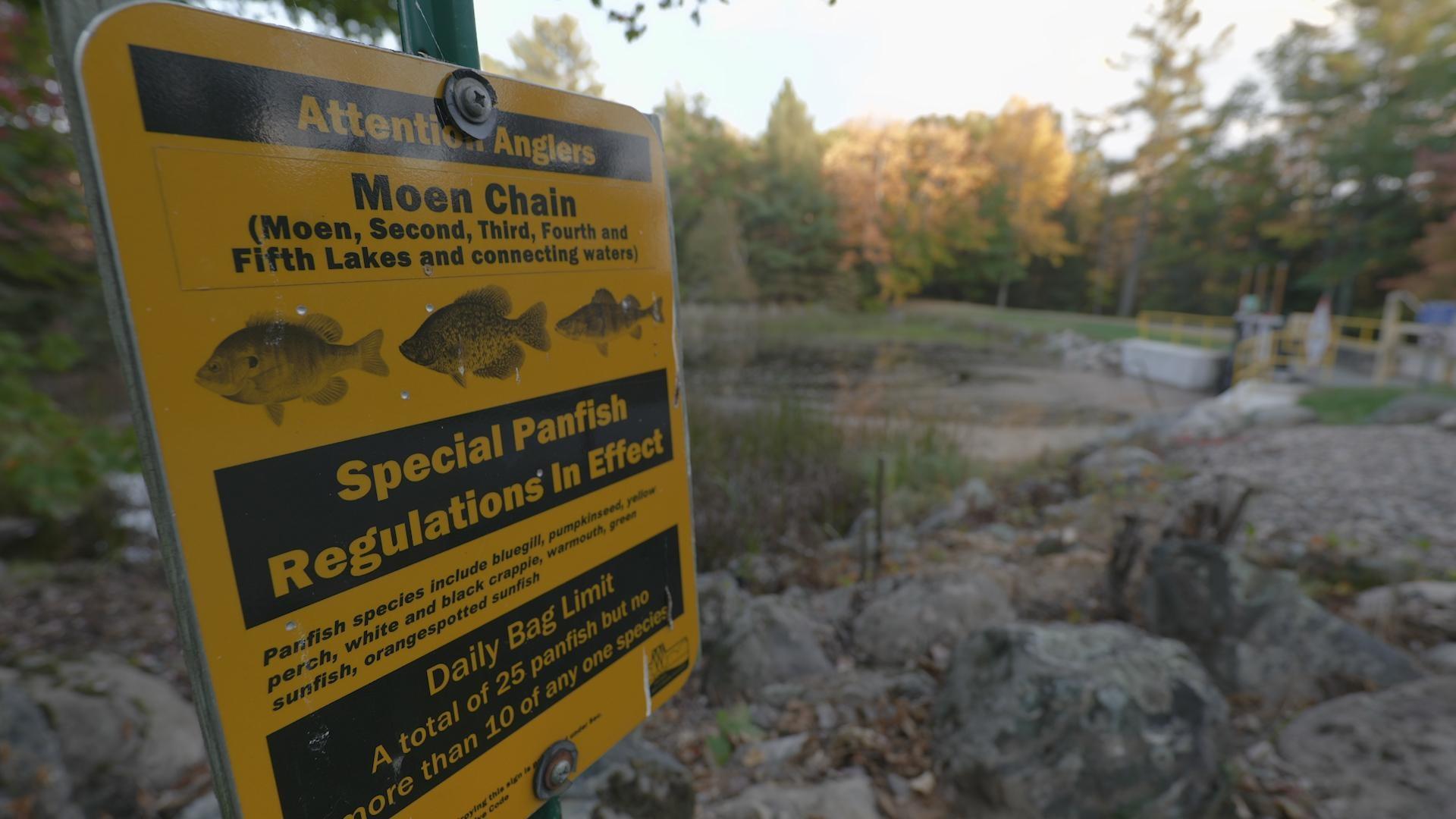
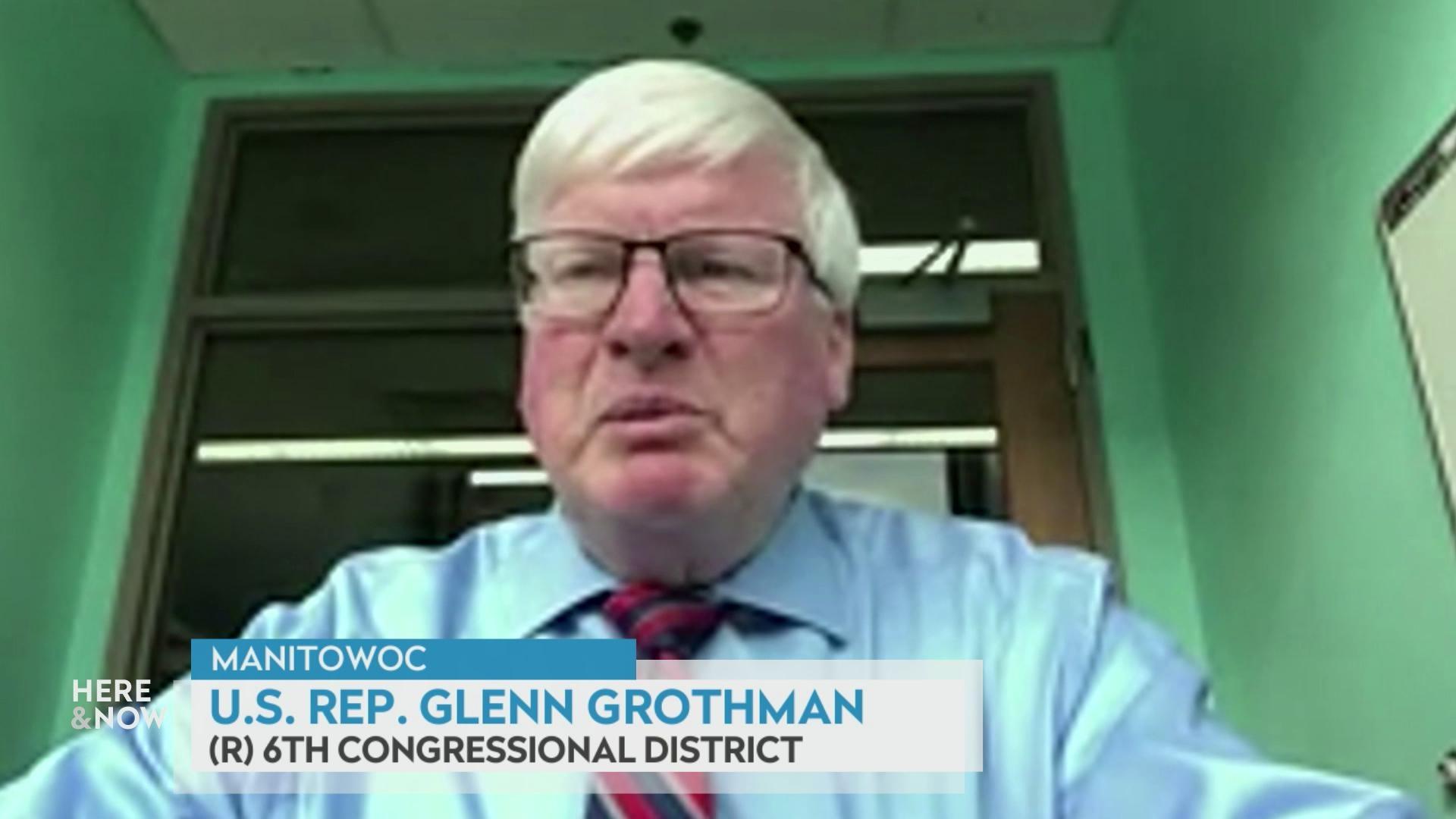
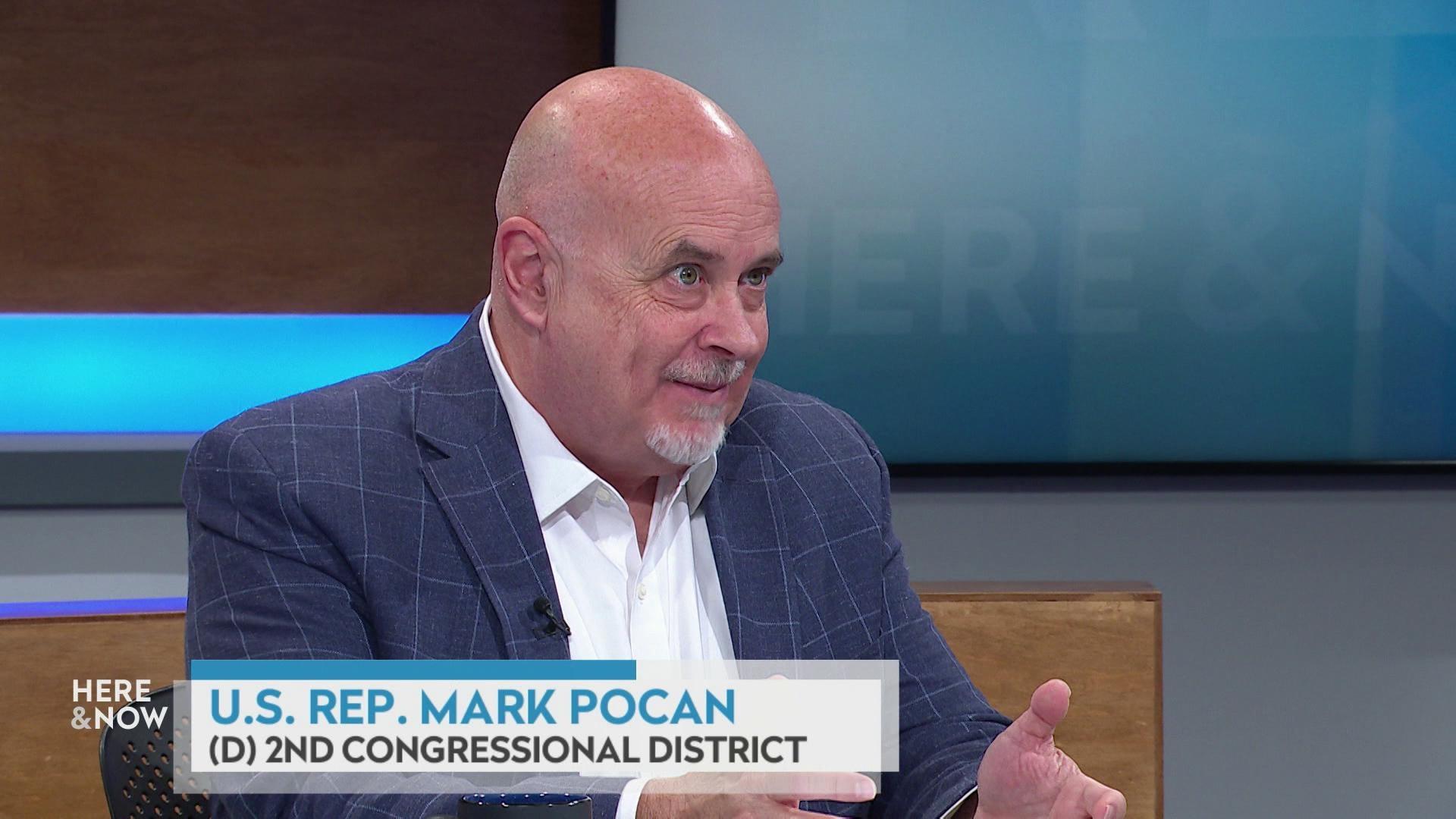
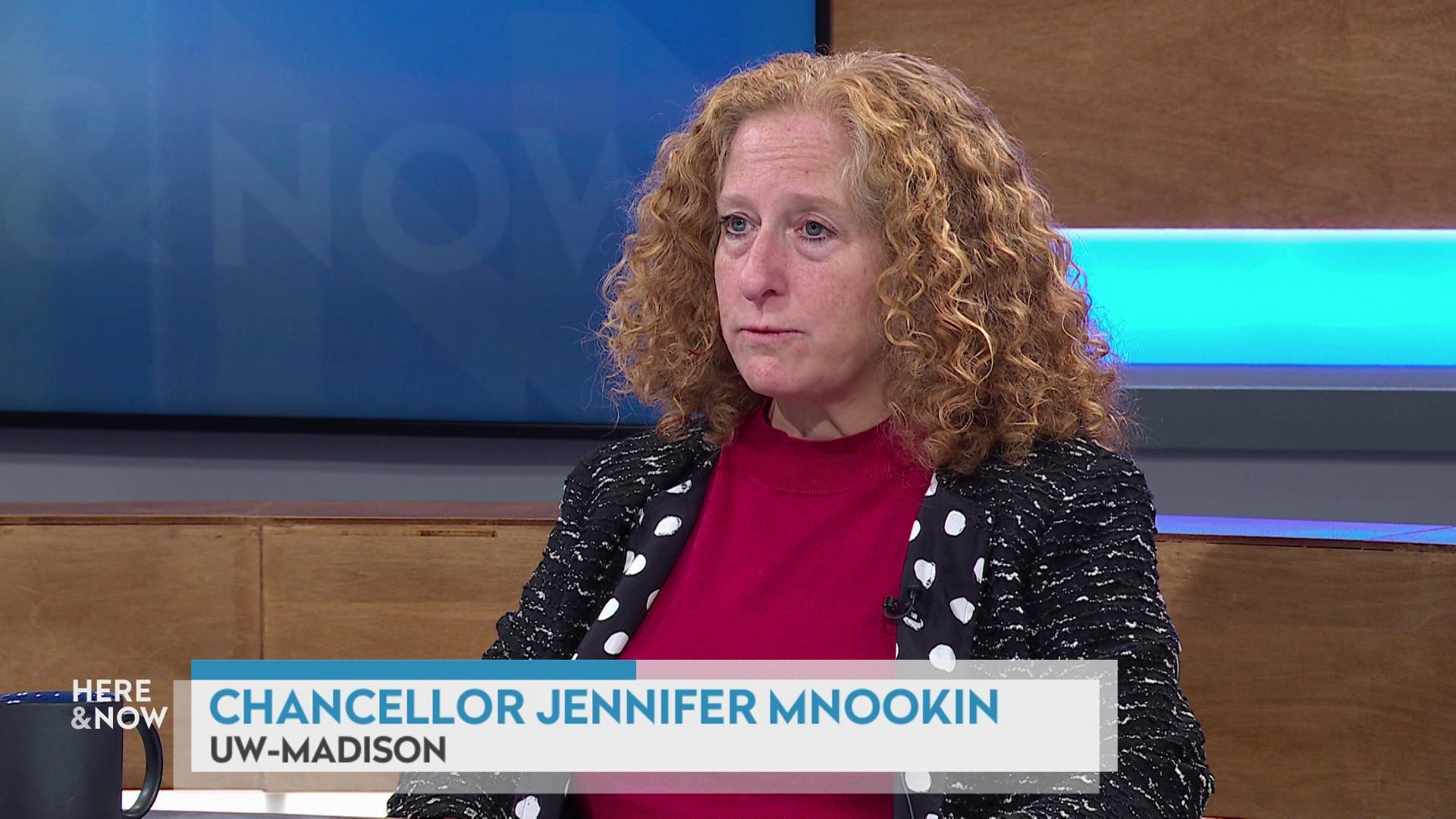
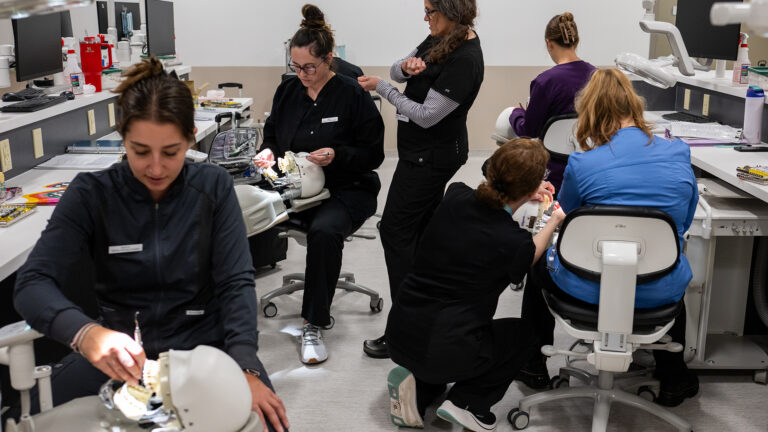
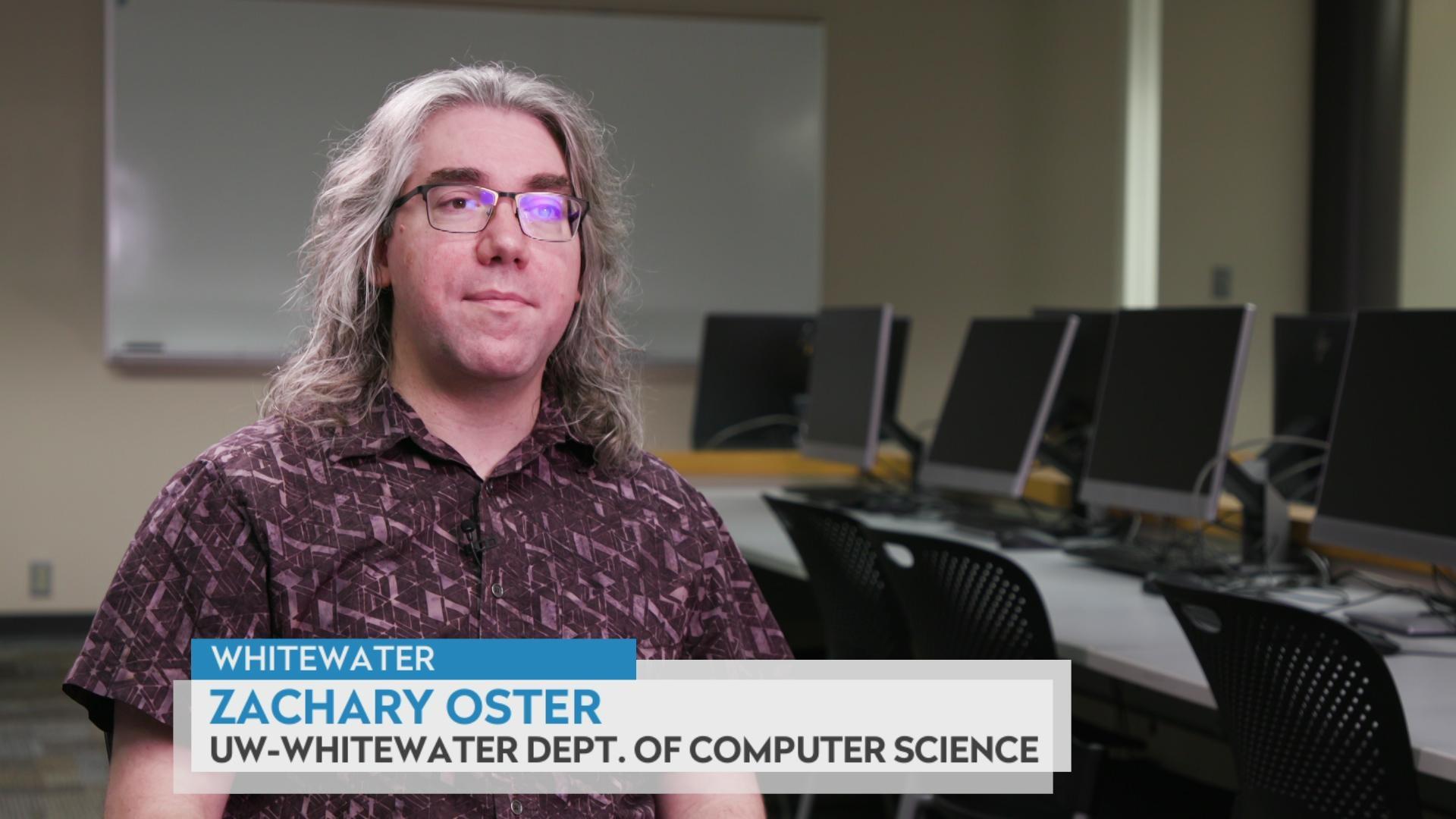
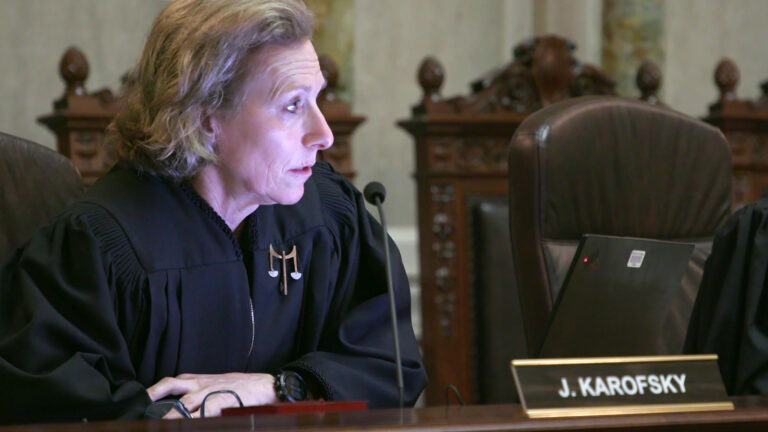

Follow Us